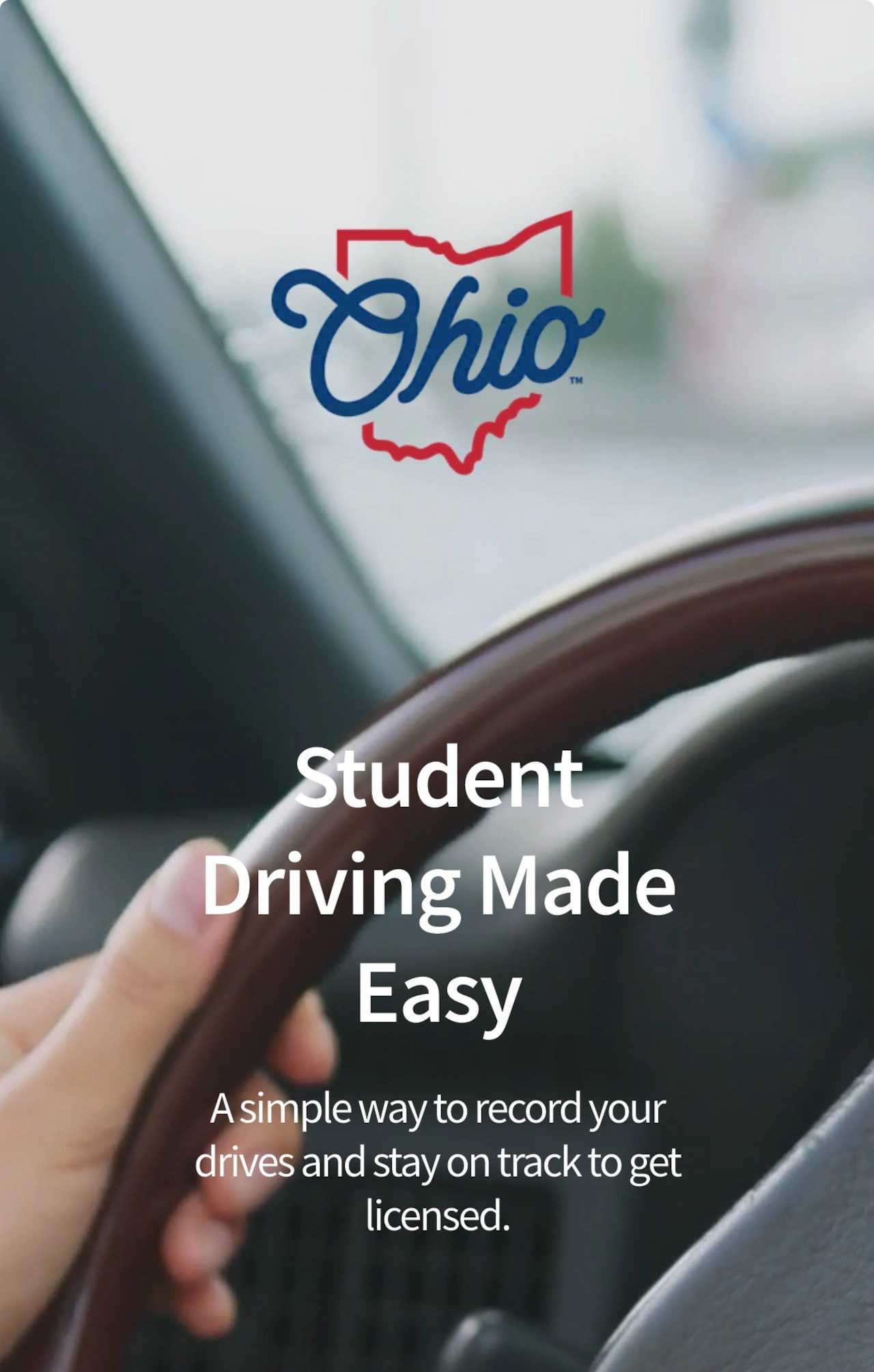Ohio launches new driver’s ed app to help learners track mandatory practice, driving progress

COLUMBUS, Ohio – Beginning Tuesday, Ohioans under age 21 must submit a log showing at least 50 hours of driving practice.
And on Monday, Gov. Mike DeWine unveiled a tool to give new drivers feedback on key areas — including every hard stop, turns without signals and driving speed.
The tool is a mobile app called RoadReady Ohio that can record driving practice and provide feedback to drivers with learner permits and their parents.
The app is designed to help drivers with learner’s permits and their parents or guardians log the required 50 hours of supervised driving time needed before taking the final driver’s license test.
“By combining innovative technology with proven safety practices, this app turns a smartphone into a trusted partner for new drivers and their families,” DeWine said in a statement.
The Ohio Department of Public Safety recorded 97 teen-involved fatal crashes in 2024 – 70% were the fault of the teen driver, DeWine said.
Inexperience is the key cause of teen crashes, which is why DeWine and the legislature are requiring hours to be logged and submitted to the state. They want to ensure no one is padding their driving practice.
“There’s no substitute for experience,” DeWine said.
Under the new law, which expanded the driver’s ed requirements to people under age 21 (up from age 18), new drivers must log 50 hours of driving practice, including at least 10 of those hours being at night. Those hours are submitted to the state’s Bureau of Motor Vehicles as a requirement for obtaining a driver’s license.
Use of the app isn’t mandatory. Students or parents can record driving practice with pen and paper, DeWine said.
But the app is designed to give feedback needed before permit holders take their final driver’s license test. It will score each driving session in key areas like braking, acceleration, turning, and speed, offering recommendations on how a driver can improve their skills during their next practice drive.
DeWine and other state officials on Monday held a news conference to unveil RoadReady Ohio and discuss changes in Ohio law – a part of the two-year state budget DeWine signed June 30. The changes in the new law kick in beginning Tuesday.
To use the app, a student must get an access code from their driver’s ed teacher. Families can print out data from the app before heading to the BMV for their license, to demonstrate they met their practice hours.
The log, whether from the app or from students’ handwritten notes, must be signed by the parents. It will be submitted to the BMV as an affidavit, according to the new law.
The app uses telematics, or the long-distance transmission of data. DeWine said he didn’t know of any other state with a feedback component to their driving practice apps.
The app provides the feedback after the practice drive is complete, so parents and student drivers aren’t distracted by the app while on the road.
“The state only has limited general account information,” said Emily Davidson, executive director of the Ohio Traffic Safety Office. “All the telematics information, like GPS data or student drive scores, is managed by the app provider and has restrictions to its use.”
Most states only require driver’s education for minors, although there are some exceptions. Texas requires new drivers to take driver’s ed through age 24.
DeWine wanted to push the driver’s ed requirement through age 21 to get more people into the classes.
“One of the reasons we asked the legislature to change the age is we were seeing a lot of young people wait till they were 18 (to get a license.) They never had driver’s training,” he said. “And what we noticed is that the death rate, accident rate, among 18- and 19- year-olds, 20-year-olds, was higher than it was among 16- and 17- year olds.”
The budget also provided schools money to reintroduce driver’s ed in high school, which could help ease the financial burden of a private driving course.



